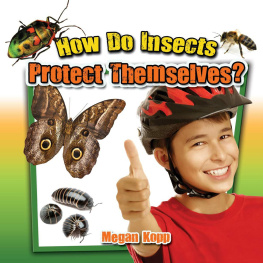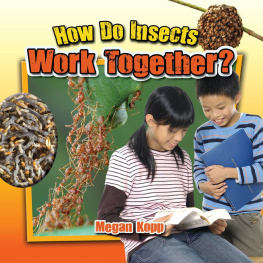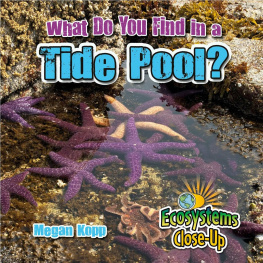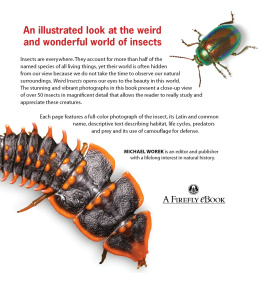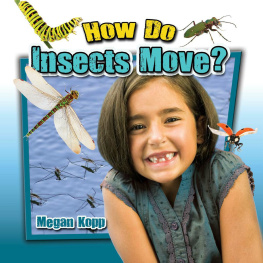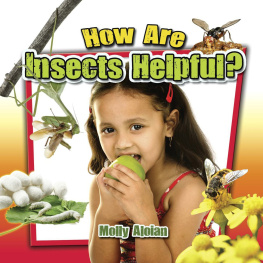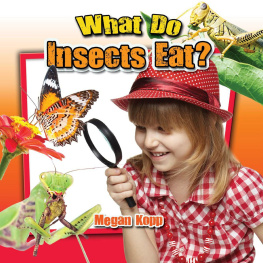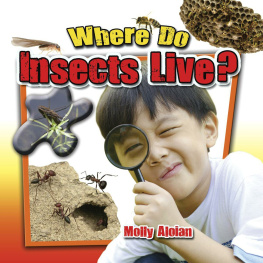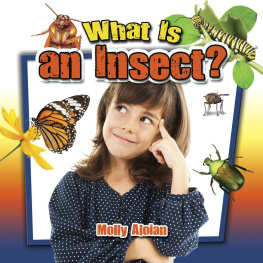
Published in Canada
Crabtree Publishing
616 Welland Ave.
St. Catharines, Ontario
L2M 5V6
Published in the United States
Crabtree Publishing
PMB 59051
350 Fifth Avenue, 59th Floor
New York, New York 10118
Published in the United Kingdom
Crabtree Publishing
Maritime House
Basin Road North, Hove
BN41 1WR
Published in Australia
Crabtree Publishing
3 Charles Street
Coburg North
VIC 3058
Crabtree Publishing Company
www.crabtreebooks.com 1-800-387-7650
Copyright 2015 CRABTREE PUBLISHING COMPANY . All rights reserved. No part of this publication may be reproduced, stored in a retrieval
system or be transmitted in any form or by any means, electronic, mechanical, photocopying, recording, or otherwise, without the prior written permission
of Crabtree Publishing Company. In Canada: We acknowledge the nancial support of the Government of Canada through the Canada Book Fund for our
publishing activities.
Author
Megan Kopp
Publishing plan research and development
Reagan Miller
Editor
Shirley Duke
Proofreader and indexer
Crystal Sikkens
Design
Samara Parent
Photo research
Tammy McGarr
Prepress technician
Tammy McGarr
Print and production coordinator
Margaret Amy Salter
Photographs
Thinkstock: pgs 4, 6, 7 (top left and right), 8 (top), 12, 19, 21
All other images are from Shutterstock
Library and Archives Canada Cataloguing in Publication
Kopp, Megan, author
How do insects protect themselves? / Megan Kopp.
(Insects close-up)
Includes index.
Issued in print and electronic formats.
ISBN 978-0-7787-1971-7 (bound).--ISBN 978-0-7787-1975-5 (pbk.).--
ISBN 978-1-4271-9037-6 (pdf).--ISBN 978-1-4271-9033-8 (html)
1. Insects--Behavior--Juvenile literature. I. Title.
QL467.2.K673 2015 j595.7 C2014-907835-8
C2014-907836-6
Library of Congress Cataloging-in-Publication Data
Kopp, Megan, author.
How do insects protect themselves / Megan Kopp.
pages cm. -- (Insects close-up)
Includes index.
ISBN 978-0-7787-1971-7 (reinforced library binding) --
ISBN 978-0-7787-1975-5 (pbk.) -- ISBN 978-1-4271-9037-6 (electronic pdf) --
ISBN 978-1-4271-9033-8 (electronic html)
1. Insects--Defenses--Juvenile literature. 2. Insects--Behavior--Juvenile
literature. 3. Animal defenses--Juvenile literature. I. Title.
QL467.2.K67 2015
595.7--dc23
2014045636
Printed in Canada/042015/BF20150203
Synchred Read-Along Version by:
Triangle Interactive LLC
PO Box 573
Prior Lake, MN 55372
ISBN-13: 978-1-68444-571-4 (e-book)

All kinds of parts
All insects have three parts
to their bodies. These are
the head, thorax , and
abdomen . They have six
legs attached to the thorax.
Most insects also have four
wings attached to the middle
section of their bodies.
Insects have two antennae
on their heads. Insects can
be many different shapes
and sizes. They also
come in many colors.
head
thorax
abdomen
All insects have three body parts and
six legs. Spiders and ticks have two
body parts and eight legs.

What are predators?
All animals need to eat in order to survive. Some
animals hunt other animals for food. They are called
predators . The animals predators hunt are called prey .
There are many different animals that eat insects.
Birds, bats, and frogs are insect predators. Many
bigger insects like to eat smaller insects too.
Praying mantises eat
many different kinds
of insects.
Spiders are not
insects, but they
do eat them.

How do insects
sense danger?
Sensing danger before it is too late is key to staying
alive. Some i nsects have super senses. They can
see, hear, smell, and even feel danger approaching.
Some insects, such as ies, have super eyesight.
Cockroaches sense
movement in the air
with their antennae.
Some insects also
release chemicals
into the air. This is a
warning to others of
possible trouble.
Male Madagascar hissing cockroaches
use their antennae to nd females by smell.

